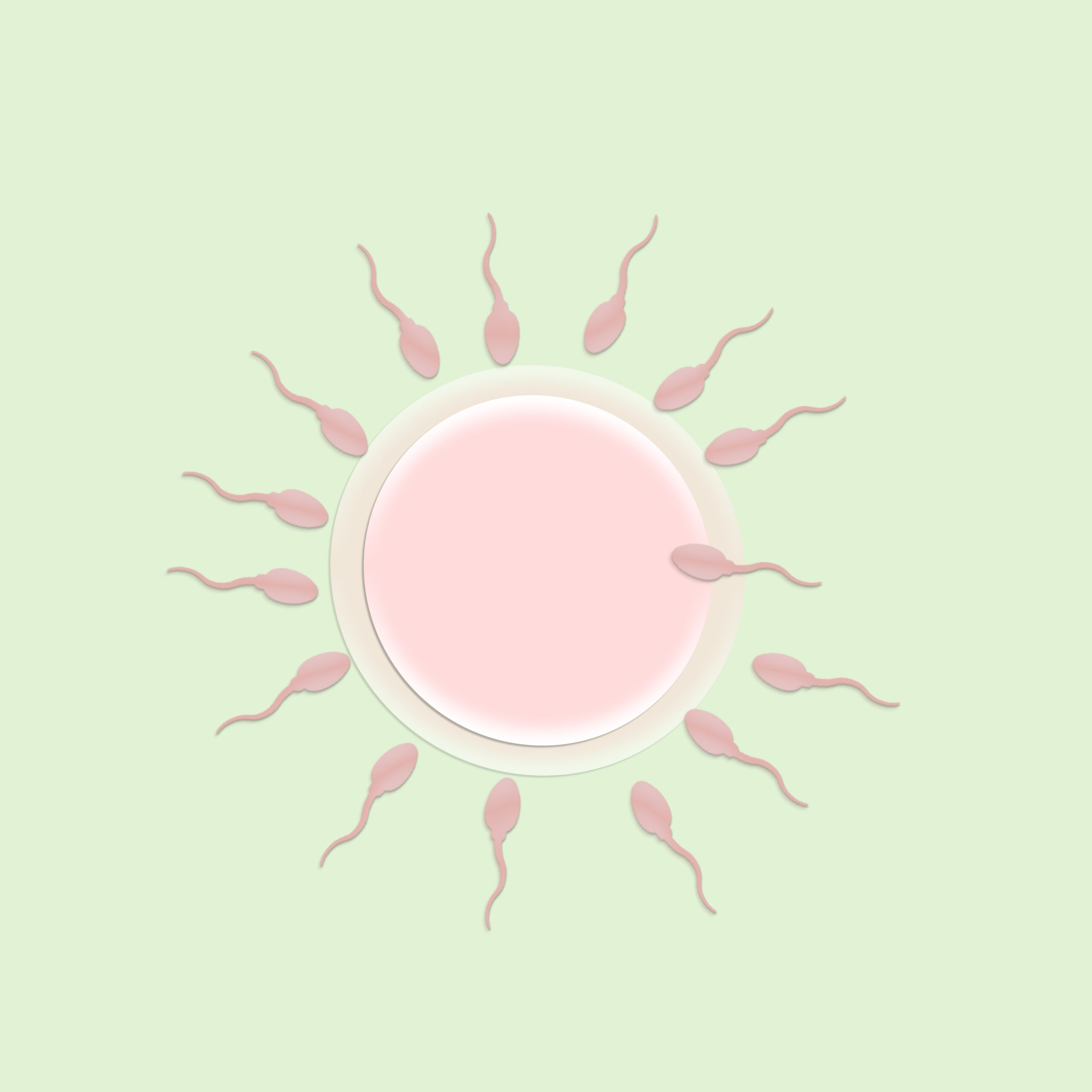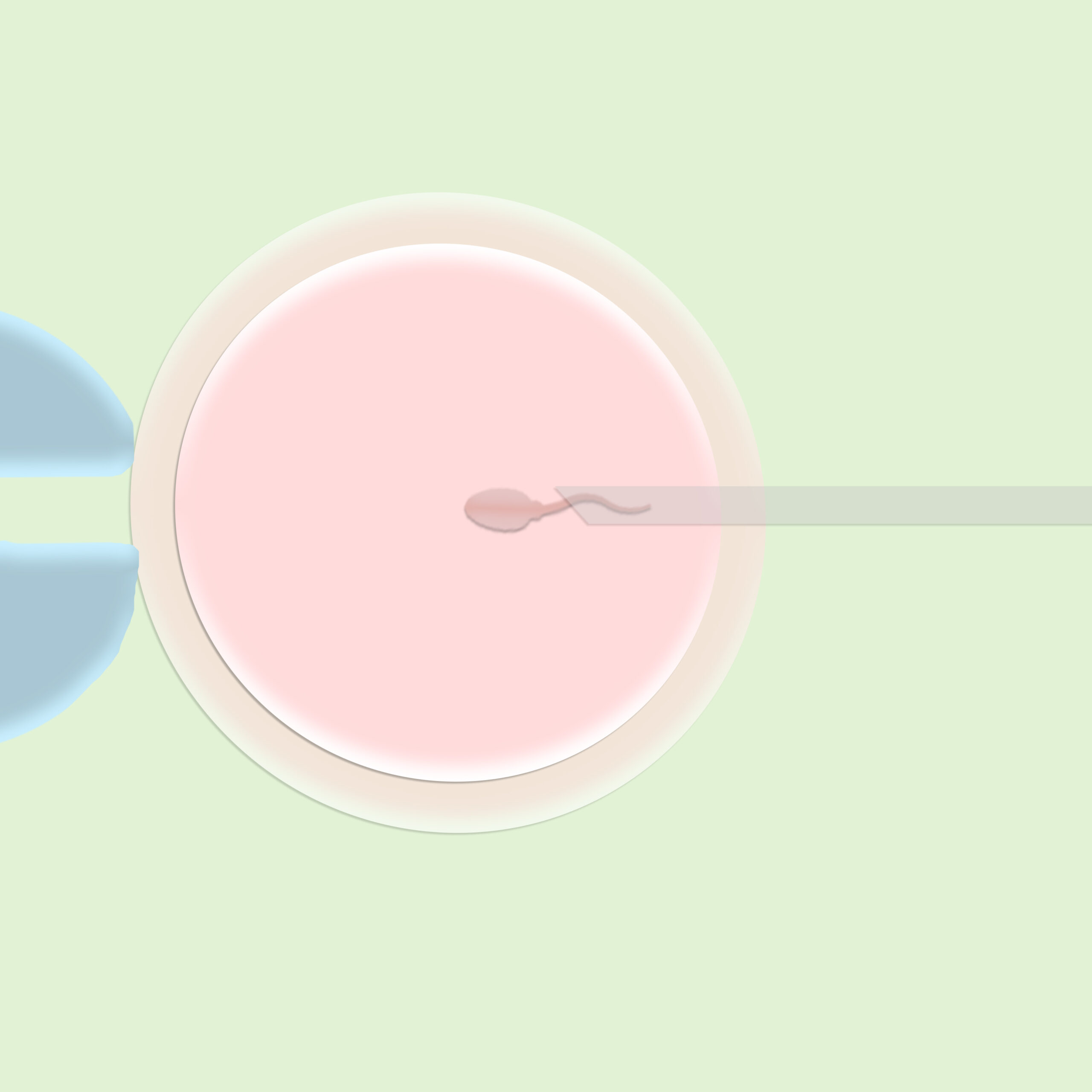Infertility doesn’t have to stop you from having a family. Today, there are many different treatments available to help you and there is plenty of reason to be optimistic.
Read on to learn more
Test results performed by qualified laboratories elsewhere are acceptable if the information is still current and relevant. A single blood draw is usually sufficient to perform nearly all screening tests. The table below outlines the common tests. Based on the results of these standard tests, your physician can advise you regarding any further specific testing.
Standard tests (usually advised to all couples)
Name of Test | For woman | For husband | Obtained By |
Blood group | Yes | Yes | Blood test |
CBC | Yes | Yes | Blood test |
Rubella IgG | Yes | Yes | Blood test |
HIV/HBsAg/HCV | Yes | Yes | Blood test |
TSH | Yes | No (sometimes) | Blood test |
Prolactin | Yes | No (sometimes) | Blood test |
Vitamin D | Yes | No | Blood test |
Pap Smear | Yes | No | Office Visit |
Specific Tests (may or may not be advised)
Name of Test | For woman? | For husband? | Obtained By |
AMH | Yes | No | Blood test |
FSH/LH | Yes | No | Blood test |
Hysterosalpingogram | Yes | No | Office Visit |
Hysteroscopy | Yes | No | Radiology |
Transvaginal ultrasound/ Sonohysterogram | Yes | No | Office Visit |
Semen Analysis | No | Yes | Office Visit |
Genetic Testing | Yes | Yes | Blood test |
Karyotype | Yes | Yes | Office Visit |
Routine tests for fitness (Creatinine, SGPT, RBS) | Yes | No (sometimes) | Blood test |
FSH/LH/Testosterone | No | Yes | Blood test |
Youtube Link: https://www.youtube.com/watch?v=6mH1z4tzMYo
Test results performed by qualified laboratories elsewhere are acceptable if the information is still current and relevant. A single blood draw is usually sufficient to perform nearly all screening tests. The table below outlines the common tests. Based on the results of these standard tests, your physician can advise you regarding any further specific testing.
Standard tests (usually advised to all couples)

Specific Tests (may or may not be advised)

Youtube Link: https://www.youtube.com/watch?v=6mH1z4tzMYo



Who needs Donor eggs?
Donor Egg IVF is an appropriate option for women unable to conceive with their own eggs, provided there is no contraindication to carrying a pregnancy.
The indications for Donor Egg IVF are advanced age, diminished ovarian reserve and Premature Ovarian Failure (POF). Women who carry a genetic mutation can opt for Donor Egg IVF or self-IVF cycle with Preimplantation Genetic Testing, if that is possible and available.
Who are the egg donors?
As per the ART Act, there are several mandatory requirements that need to be carried out for couples needing donor eggs. The registration and screening of egg donors is to be carried out by registered ART Banks. Only registered ART Clinics can offer donor egg treatment and the egg donors can be sourced only from registered ART Banks. The donors are young women between the ages of 23 years to 35 years and usually have atleast one child of their own. They undergo complete medical evaluation and a mandatory list of tests as prescribed in the ART Act. A woman is allowed to donate eggs only once in her lifetime and only 7 eggs can be retrieved. It is important that all requirements laid out in the ART Act are adhered to and hence it is absolutely necessary that you discuss these with your doctor when considering donor egg treatment.
What does the procedure involve?
The egg donor’s menstrual cycle is synchronized with the patient’s (recipient) cycle using birth control pills. From day 1 to 2 of menses, the recipient starts estradiol tablets to prepare her uterine lining and we begin the egg donor’s ovarian stimulation cycle. Once the donor’s follicles are ready, which usually happens in 10-11 days, her egg retrieval procedure (that is Oocyte Pick Up) is carried out. The recipient’s husband provides his semen sample on the day of the donor’s egg retrieval. The fertilization is then carried out in the laboratory. The recipient is started on appropriate luteal support medications. Three to five days later 1 or 2 embryos are transferred with great care, under sonographic guidance, into the recipient’s uterus. Any additional good quality embryos can be frozen.
What are the legal aspects of egg donation?
The ICMR guidelines allow commercial egg donation, provided it is anonymous and confidential. The egg donor has no rights over the baby or babies conceived using her eggs and signs a contract agreeing to this.


For women, fertility declines with age, because of a decline in the quantity and the quality of eggs. A woman is most fertile in her 20s. Fertility begins to progressively decline after 30 and this decline accelerates in the late 30s.
Egg freezing, also known as mature oocyte cryopreservation, is a method used to preserve a woman’s ability to get pregnant (with her own eggs) at a later age. It is the process of preserving some of the eggs by retrieving them from the ovaries, freezing them, and storing them for use to get pregnant later on.
Who is egg freezing suitable for?
What is the right age for egg freezing?
In general, the younger the woman is, the better the outcomes of egg freezing. Younger women produce higher numbers of better quality eggs that have a better chance of conception. The most ideal age for egg freezing would be ages 27–34. Egg freezing can also be done in the mid-to-late 30s, but multiple cycles might be required.
How does one know if her eggs are healthy?
Age is the best predictor of the quality of eggs whereas blood tests for AMH and Ultrasound for AFC give an idea of the egg reserve (egg numbers). It is not possible to measure egg quality with any tests.
What is the procedure?
In order to retrieve eggs for freezing, the initial process is the same as that for an IVF/ICSI cycle. The only difference is that following egg retrieval, the mature eggs are identified and are frozen. It takes approximately 12-14 days from the 2nd day of the period to complete the egg freezing cycle.
When the woman is ready to attempt pregnancy (which can be several years later) the eggs are thawed, fertilised in the laboratory by ICSI using her husband’s sperm and then the embryo/s are transferred to the uterus on day3 or day5.
What are the health risks for women undergoing IVF/ ICSI cycles?
The medication used for ovarian stimulation may on occasion lead to Ovarian HyperStimulation Syndrome (OHSS). Symptoms of OHSS include the following in varying degrees of severity: nausea, vomiting, diarrhoea, extreme bloating, rapid weight gain, difficulty breathing etc. The risk of OHSS can be brought down significantly depending on the protocol used for ovarian stimulation. Rarely, the needle used to retrieve eggs causes bleeding, infection or damage to the bowel, bladder or a blood vessel. The risk of miscarriage (when the frozen eggs are used in the future) primarily depends on the age at which the eggs were frozen. Older women have higher miscarriage rates. Research to date hasn’t shown an increase in the risk of birth defects for babies born as a result of egg freezing. However, more research is needed on the safety of egg freezing.
Surgical sperm retrieval (SSR) is a technique for collecting sperm directly from a man’s testes or epididymis.
Azoospermia refers to the condition in which there are no sperm in the ejaculate. Azoospermia can be ‘obstructive,’ where there is a blockage preventing sperm from entering the ejaculate, or it can be ‘non-obstructive’ when it is due to decreased or absent sperm production by the testis.
Depending on the cause of azoospermia, it is possible for some men to be able to have their biological child. Surgical sperm retrieval along with ICSI is often needed to achieve pregnancy for these cases.
What are the commonly used surgical sperm extraction techniques?
PESA (Percutaneous Epididymal Sperm Aspiration): It is the least invasive method and involves inserting a fine needle into the epididymis, from which fluid is aspirated. The procedure takes about 20-30 minutes. If no sperm are found, the urologist will proceed to the other options (like TESE).
TESE (Testicular Sperm Extraction): This is the collection of sperm from a biopsy or several biopsies from the testicular tissue.
Sperms, if found, need to either be used immediately in fertility treatments or be frozen and placed in storage for use at a later stage.
What if no sperm are found?
There’s always a possibility that no sperm will be found and this can be emotionally draining for the couple. It is important that couples discuss this possibility with each other and with their fertility physician before the procedure.
